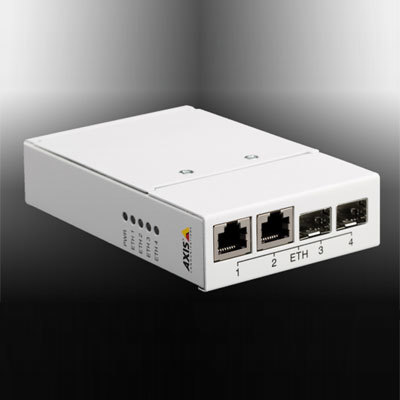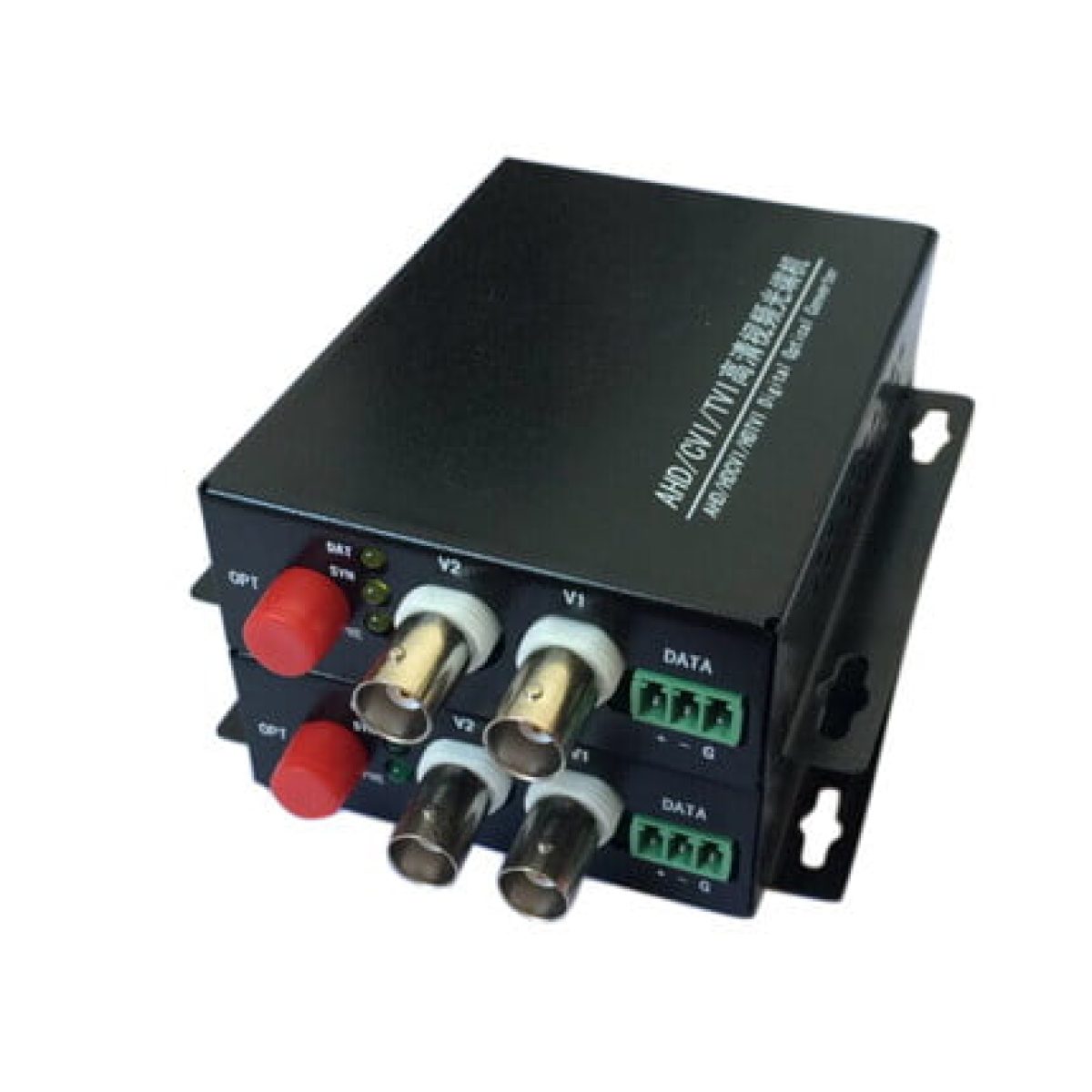Just How CCTV Cameras With Fiber Optic Output Boost Long-Distance Surveillance
CCTV cameras furnished with fiber optic result stand for a significant improvement in long-distance monitoring technology, supplying unparalleled advantages over standard systems. By leveraging the residential or commercial properties of light transmission with fiber optics, these cameras make certain high-definition video clip high quality stays undamaged across comprehensive ranges while properly minimizing electromagnetic disturbance - cctv fibre optic cable.

Understanding Fiber Optic Innovation
Fiber optic technology is increasingly used in long-distance monitoring applications due to its remarkable capacity for information transmission. This technology employs slim strands of glass or plastic fibers to transfer information as light signals, considerably decreasing the depletion generally linked with standard copper cords. The fundamental buildings of fiber optics enable the transmission of large quantities of information over significant ranges without loss of high quality, making it a perfect selection for applications requiring dependable communication.
The concept of overall interior representation promotes the reliable transmission of light within the fiber, guaranteeing high transmission capacity and speed. Unlike electric signals in metal cable televisions, fiber optics are unsusceptible to electromagnetic interference, improving the honesty of data transmission. This characteristic is especially important in environments with high levels of electric sound, such as industrial setups or urban locations.
Furthermore, fiber optic cables are lighter and a lot more adaptable than their copper equivalents, which simplifies installation and decreases architectural load. With their durability and resistance to ecological elements, optical fiber are fit for outside applications, thus extending the reach of checking systems. Because of this, fiber optic modern technology is coming to be a cornerstone in contemporary surveillance solutions, properly attending to the obstacles of long-distance tracking.
Advantages of Fiber Optic CCTV
Utilizing fiber optic modern technology in CCTV systems supplies countless benefits that boost surveillance abilities. One of the key benefits is the capacity to transmit high-definition video clip over cross countries without substantial signal degradation. Unlike standard copper cable televisions, fiber optics can preserve video clip quality over considerable runs, making them optimal for huge homes or remote surveillance places.
Additionally, fiber optic cable televisions are much less prone to electro-magnetic interference, which can distort signals in conventional systems. This guarantees clearer photos and uninterrupted service, vital for safety surveillance. In addition, fiber optics are inherently extra protected, as intercepting signals requires specialized equipment, thus providing an additional layer of security against unapproved accessibility.
The lightweight and small nature of fiber optic cable televisions also streamlines installment, making it possible for simpler transmitting through tight areas and minimizing total labor expenses. Their toughness makes them resistant to ecological variables such as dampness and temperature fluctuations, expanding the lifespan of the security system.
Finally, fiber optic systems can sustain a greater number Visit Website of electronic cameras on a single network, enhancing sources and using scalability for future development. These benefits make fiber optic CCTV systems a premium option for modern-day surveillance demands.
Contrast With Standard Systems
When comparing CCTV systems, traditional configurations usually fall short in a number of essential areas, specifically in terms of range and signal integrity. Traditional coax systems normally encounter considerable signal deterioration over fars away, restricting efficient tracking ranges to around 300 feet (cctv fibre optic cable). Yet limit, picture clarity diminishes, causing possible unseen areas and lowered surveillance efficiency
In comparison, fiber optic systems keep signal integrity over a lot greater ranges, frequently going beyond a number of miles without loss of top quality. This is greatly due to their ability to transmit information as light signals, which are much less vulnerable to electromagnetic disturbance than electric signals utilized in traditional systems.
In addition, standard systems require more extensive upkeep and troubleshooting because of their susceptability to ecological elements such as moisture and electromagnetic noise. Fiber optic systems, on the other hand, deal enhanced durability and reduced maintenance costs, as they are much less why not check here susceptible to damage.
Applications in Long-Distance Monitoring
The benefits of contemporary CCTV systems in maintaining signal integrity over cross countries open a wide variety of applications for long-distance monitoring. One substantial application is in metropolitan security, where communities deploy fiber optic CCTV systems to check public areas, boosting security and preventing criminal task. These systems offer continuous, premium video feeds that are essential for efficient police and emergency situation response.
Another essential application is in commercial settings, where remote monitoring of manufacturing processes and unsafe areas is crucial. Fiber optic CCTV can endure rough environments and transfer data over long ranges without loss of top quality, permitting real-time oversight and decreasing dangers to workers.
Additionally, critical facilities such as flight terminals, railways, and pipes benefit from long-distance CCTV tracking. Safety and security groups can oversee huge areas from streamlined control areas, making certain quick feedback to any type of events.
In addition, in farming settings, farmers utilize long-distance CCTV to monitor plants and livestock, helping to boost efficiency and protection. Generally, the versatility and integrity of fiber optic CCTV systems make link them important throughout numerous sectors, enabling comprehensive surveillance solutions tailored to specific needs.
Future Trends in Security Technology
How will advancements in innovation reshape the landscape of surveillance? The future of monitoring innovation is positioned for substantial transformation, driven by developments such as synthetic intelligence (AI), artificial intelligence, and side computer. These innovations allow real-time information analysis, permitting quick recognition of potential risks and improved situational awareness.
AI-powered analytics will improve the accuracy of face recognition systems, decreasing incorrect positives and allowing more reliable tracking of people. Furthermore, the integration of Web of Points (IoT) devices will promote a smooth network of interconnected monitoring systems, boosting tracking capabilities throughout substantial locations.
One more pattern is the change towards cloud-based storage options, which supply scalable information administration and availability. This will certainly allow organizations to store vast amounts of video clip information without the constraints of physical storage space, while making sure that information is easily retrievable.

Verdict
In final thought, CCTV cams outfitted with fiber optic result stand for a considerable development in long-distance monitoring capabilities. As surveillance technology proceeds to progress, the adoption of fiber optic solutions will likely play a pivotal duty in boosting safety across varied applications.